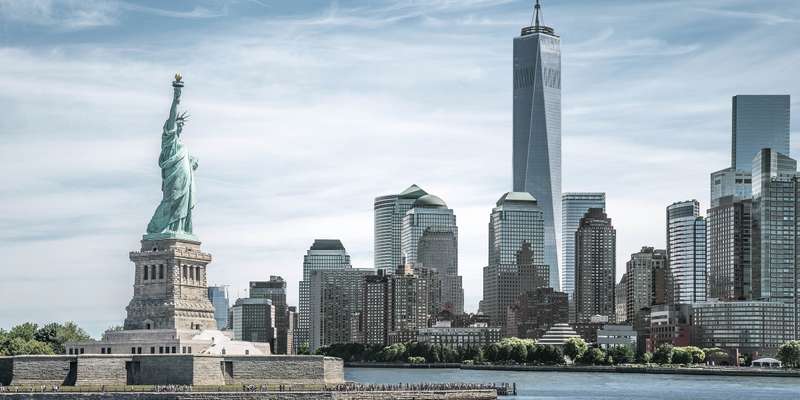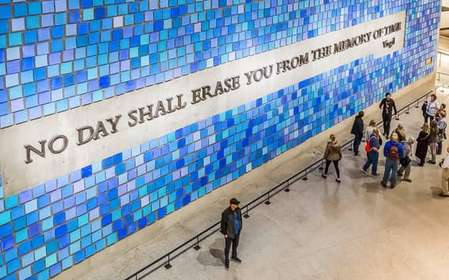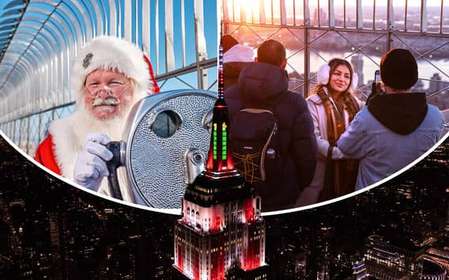- Home
- Useful Tips
- Visiting the African Burial...
Visiting the African Burial Ground National Monument presents a profound opportunity to connect with an essential yet often overlooked chapter of American history. Many travelers arrive unprepared for the emotional weight of this sacred site, where an estimated 15,000 free and enslaved Africans were laid to rest during the 17th and 18th centuries. The challenge lies in experiencing the monument with proper context and respect while navigating practical considerations like limited on-site interpretation and downtown Manhattan's bustling environment. Over 50% of visitors report wishing they'd researched more beforehand to fully appreciate the site's significance. Without local insights, you might miss subtle architectural symbolism in the memorial or struggle to find the orientation film that brings the archaeological discovery to life. The monument's underground museum frequently reaches capacity during peak hours, leaving some guests waiting outside in inclement weather. These practical hurdles can distract from what should be a moving encounter with America's colonial past and the resilience of the African diaspora.


Understanding the site's significance before you go
The African Burial Ground demands more preparation than typical tourist stops. This isn't simply a historical marker but hallowed ground that reshaped our understanding of colonial New York, where enslaved laborers comprised 20% of the population. The unmarked graves were discovered during 1991 construction, revealing the largest known African cemetery of its era. Before visiting, spend time with the National Park Service's online resources about the symbolic Ancestral Chamber's seven mounds representing continents, or watch documentaries about the community activists who fought to preserve the site. Local historians suggest reading Dr. Michael Blakey's research on the skeletal remains that revealed heartbreaking details about the laborers' lives. This background transforms your visit from passive observation to active remembrance. The memorial's Libation Court water feature becomes more meaningful when you understand its West African spiritual symbolism for honoring ancestors.
Timing your visit for quiet reflection
Midweek mornings between 10-11:30am offer the most contemplative experience at the African Burial Ground, before school groups arrive and when the morning light illuminates the memorial's granite maps of the Atlantic slave trade. Summer weekends see the highest foot traffic, with waits exceeding 30 minutes for the small but powerful museum downstairs. Local docents recommend pairing your visit with nearby important sites like the Foley Square courthouse (built by enslaved laborers) for historical context. Rainy days often mean fewer visitors but bring waterproof shoes as the outdoor memorial remains open. The monument closes for two hours at noon on the third Wednesday monthly for maintenance - a crucial detail missing from many travel guides. If arriving after 2pm, prioritize the indoor exhibits first as they close at 4pm, while the outdoor memorial remains accessible until 5pm. These timing nuances make the difference between a rushed experience and meaningful connection.
Navigating the monument's powerful exhibits
The African Burial Ground's layout intentionally mirrors the spiritual journey from darkness to light. Start downstairs in the dimly lit archaeological exhibit displaying artifacts like coffin nails arranged in traditional African symbols. Allow at least 20 minutes here before ascending to the sunlit memorial, where the ancestral re-interment ceremony occurred. Many visitors miss the rotating art installations in the lobby that showcase contemporary African diaspora artists - ask staff about current displays. The monument offers free ranger talks at 1pm daily except Sundays, providing expert interpretation of the burial practices revealed by the 419 exhumed remains. Photography is permitted but requires sensitivity - the Circle of the Diaspora floor engraving deserves particular respect. For deeper learning, the onsite bookstore carries works by scholars like Christopher Moore that you won't find in typical museum shops.
Complementary experiences nearby
Extend your historical journey with visits to underappreciated sites within walking distance. The Tweed Courthouse (five blocks north) contains original documents about New York's slave codes, while the African Methodist Episcopal Church on 53rd Street preserves stories of the free Black community that cared for the burial ground. For lunch, Harlem soul food institutions like Sylvia's have downtown outposts - their collard greens recipe traces back to enslaved cooks. Budget-conscious travelers can access the Schomburg Center's digital archives at the nearby public library branch. If arranging guided tours, seek operators certified by the NYC African American Heritage Trail rather than generic bus tours. These connections create a fuller picture of African contributions to New York's development, honoring the burial ground's legacy beyond a single visit.



